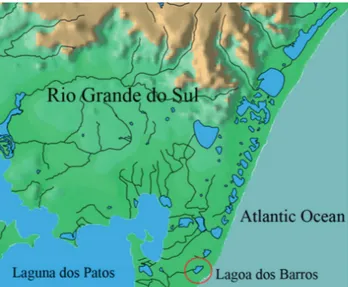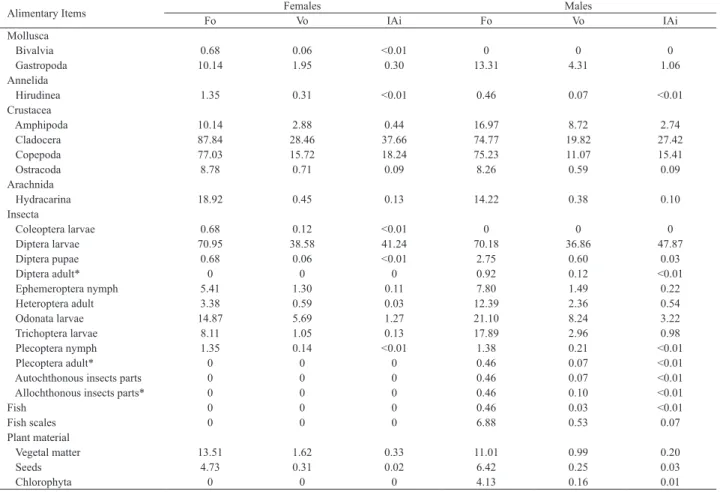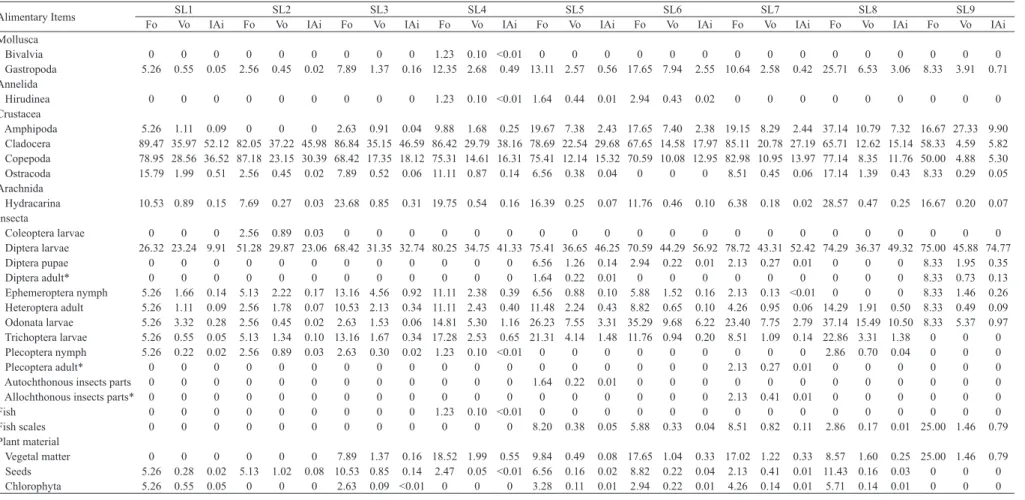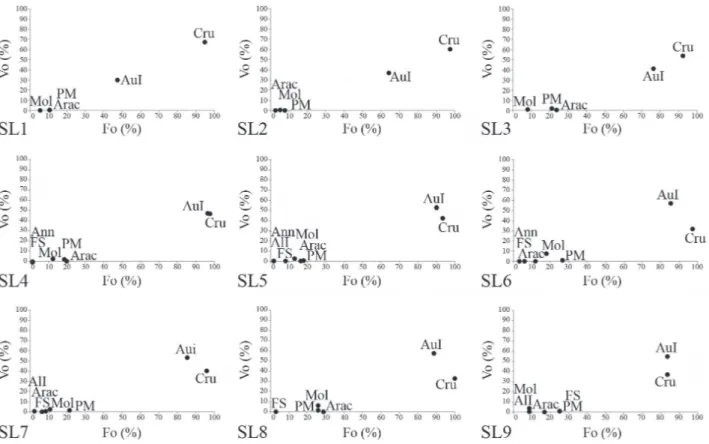Ontogenetic variations and feeding habits of a Neotropical annual fi sh from southern Brazil
Texto
Imagem




Documentos relacionados
Quando operar em meio distinto às plataformas eletrônicas, devem informar à Entidade todos os valores negociados em mercado de balcão (compra e/ou venda) de quaisquer
A Agroecologia e Educação do campo, atrelado a alternativas sustentáveis vem mudando o modo de produção em diversas partes do país, contribuindo com orientações para os
Numerous coastal species of microcerberids in brackish water favored also the marine origin, whereas the secondary occurrence in the littoral (WÄGELE, 1983) is
Pearson correlation matrix of host plant species and abundance and insect gall abundance and number of morphotypes (richness).. In opposition to the expected patterns,
Avaliação da capacidade fun- cional de idosos para o desempenho das atividades instrumentais da vida diária: um estudo na atenção básica em saúde. Revista de Enfermagem
access to or distributing Project Gutenberg-tm electronic works
Here we endeavoured to (1) determine the diet and feeding strategy of juveniles of the Remo flounder in a subtropical sandy beach in southern Brazil and (2) to compare the




